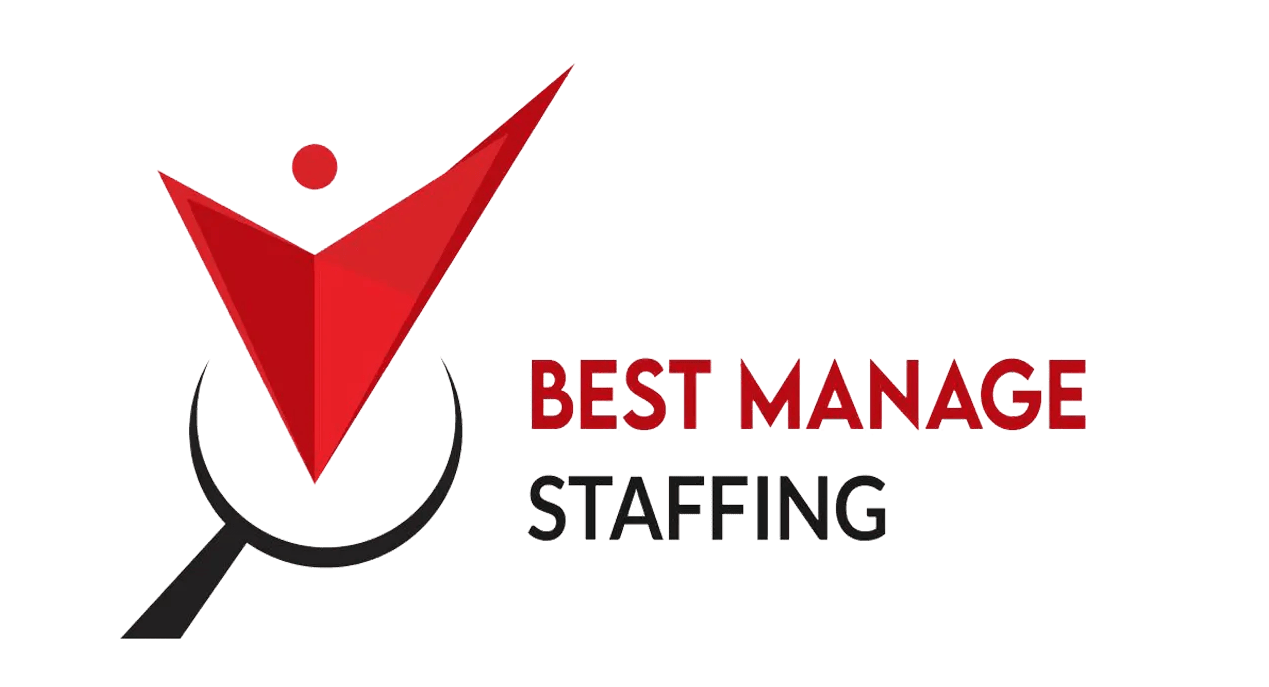Introduction: Understanding the Gravity of Staff Shortage in Healthcare
The healthcare industry serves as a lifeline for individuals seeking medical attention. However, the glaring issue of staff shortage poses a significant threat to the effectiveness of healthcare delivery. As the demand for healthcare services continues to rise, the available workforce is struggling to keep up. This crisis impacts various aspects of healthcare, including patient outcomes, workload on existing staff, and overall healthcare costs.
Staff Shortage in Healthcare: A Closer Look
The staff shortage in healthcare is a multi-dimensional challenge encompassing various areas within the industry. It affects hospitals, clinics, long-term care facilities, and even home healthcare services. The shortage is observed across all levels of healthcare professionals, from doctors and nurses to administrative staff and support personnel.
Factors Contributing to Staff Shortage
The shortage of healthcare professionals can be attributed to several interconnected factors:
1. Increased Patient Demand
The growing population and advancements in medical treatments have led to a surge in patient demand. This increased caseload strains the existing healthcare workforce, leading to burnout and decreased job satisfaction.
2. Aging Workforce
A significant proportion of healthcare professionals are approaching retirement age. The gap created by their departure is hard to fill, given the limited influx of new professionals.
3. High Education Costs
Becoming a healthcare professional often requires substantial financial investment in education. This deters many potential candidates from pursuing careers in healthcare, exacerbating the shortage.
4. Workload Stress
Healthcare professionals already in the field experience high levels of stress due to long working hours and emotionally draining situations. This stress factor can dissuade new professionals from entering the field.
Consequences of Staff Shortage in Healthcare
The consequences of the staff shortage in healthcare ripple throughout the industry:
-
Compromised Patient Care: Overworked staff may have less time to devote to each patient, potentially leading to medical errors and compromised care quality.
-
Increased Burnout: Existing staff members are often stretched thin, leading to burnout and increased turnover rates.
-
Extended Wait Times: Shortages can result in longer wait times for appointments and procedures, delaying necessary medical interventions.
-
Rising Costs: Healthcare institutions may need to invest in temporary staff or overtime pay, driving up operational costs.
Strategies to Address Staff Shortage
While the staff shortage in healthcare presents a formidable challenge, there are several strategies that healthcare institutions can adopt to mitigate its impact:
1. Invest in Training and Education
Supporting aspiring healthcare professionals through scholarships, loan forgiveness programs, and affordable education opportunities can attract more individuals to the field.
2. Promote Work-Life Balance
Creating a culture that values work-life balance and offers flexible scheduling options can improve staff retention and job satisfaction.
3. Utilize Advanced Technologies
Implementing technologies such as telemedicine, electronic health records, and AI-assisted diagnostics can streamline workflows and reduce the burden on staff.
4. Collaborate with Educational Institutions
Establishing partnerships with universities and colleges can facilitate a steady influx of new healthcare graduates into the workforce.
5. Enhance Support Programs
Providing robust support programs, including mental health resources and professional development opportunities, can help retain existing staff.
6. Expand Scope of Practice
Empowering healthcare professionals to take on expanded roles and responsibilities can optimize their contributions and alleviate workload.
FAQs about Staff Shortage in Healthcare
Can the staff shortage in healthcare impact patient safety?
Yes, the shortage can lead to overworked staff, exhaustion, and potential errors, thereby compromising patient safety.
Are certain healthcare professions more affected by the shortage?
Yes, nursing, physician, and allied health professions are particularly impacted by the shortage due to their crucial roles in patient care.
How can technology address staff shortage issues?
Technologies like AI, telemedicine, and robotics can automate routine tasks, reducing the burden on healthcare staff and improving efficiency.
Is the staff shortage a global issue?
Yes, the staff shortage in healthcare is a global concern, affecting healthcare systems worldwide due to similar underlying factors.
Can changes in healthcare policy help alleviate the shortage?
Policy changes that facilitate easier access to education and incentivize professionals to enter the field can contribute to addressing the shortage.
What can individuals do to support healthcare professionals during the shortage?
Showing appreciation for healthcare workers, advocating for improved working conditions, and encouraging young people to pursue healthcare careers can make a positive impact.
Conclusion: A Collaborative Effort for Positive Change
The staff shortage in healthcare is a complex issue that demands a collaborative approach from governments, institutions, and individuals alike. By implementing proactive strategies, investing in education, and valuing the contributions of healthcare professionals, we can pave the way for a stronger and more resilient healthcare workforce.




